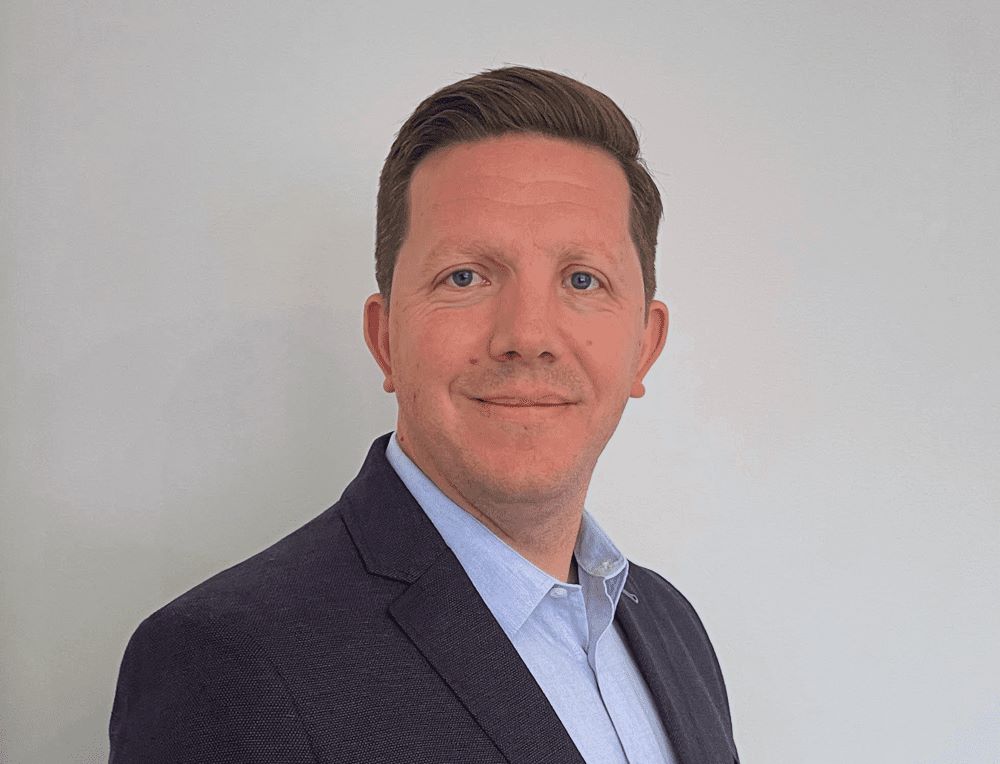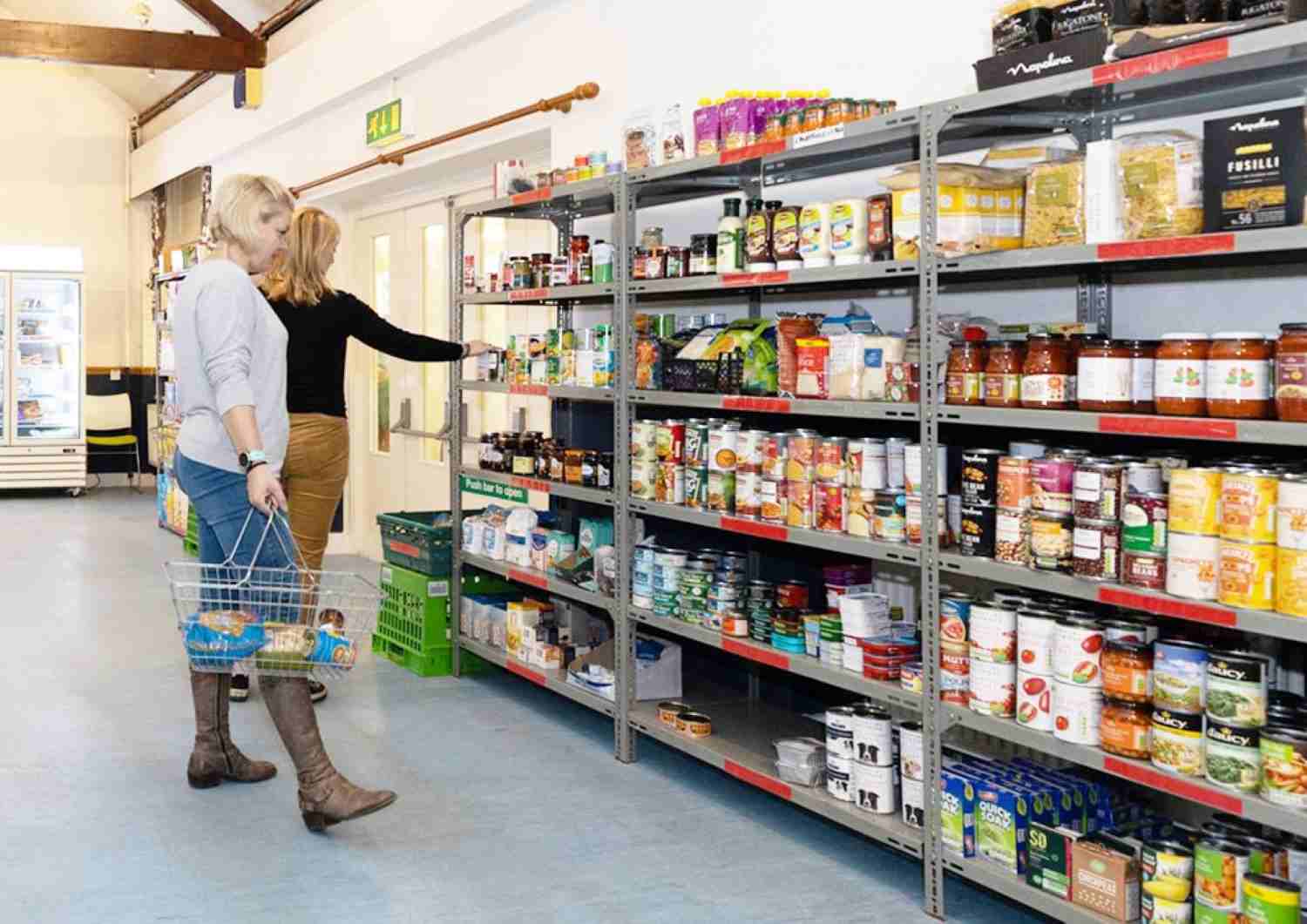Our journey to tackling mental health issues in the workplace and the lessons we’ve learnt
Our journey to tackling mental health issues in the workplace and the lessons we’ve learnt
The importance of managing our mental health and wellbeing is increasingly documented in the public domain and society is focusing more on tackling these issues. All organisations are impacted by societal concerns and as such are adopting a positive approach to employee wellbeing and mental health – including helping staff manage and cope with the day to day pressures at work and home.
VIVID was established just over two years ago after a merger. Anyone that’s been through a merger will know it’s a challenging time. The organisation went through a complete restructure during which many staff had to apply for their positions and a number of redundancies were made. That meant after starting a great new housing association focused on improving the wellbeing and chances in life for our customers, our staff were left feeling challenged and facing a number of difficulties. Half of our sickness absence was due to stress and staff said their mental health wasn’t in a good place.
One year on and we’ve managed to change this around, reducing our stress related sickness to 22% of our total sickness absence. It hasn’t been an easy journey and we still have a long way to go, but this year has taught us many lessons.
Firstly, we learnt results don’t happen overnight. We didn’t see a quick improvement in stress, but we learnt the importance of regular activities. The first step we took was getting staff and the wider organisation to understand that it was “OK not to be OK”.
After signing the Time to Change pledge, we introduced range of initiatives to help promote good mental health and wellbeing for our staff. For example, we ran regular drop in sessions in our offices, published articles on our intranet giving advice, top tips and information on support services. Only a handful of staff attended our first drop in sessions and engagements on articles was low. But we kept going. After a few months we saw staff starting to open up. Attendance to our drop-in sessions tripled and article engagements increased significantly. This showed us mental health and wellbeing initiatives can’t be a fad.
It’s also imperative to utilise different routes and platforms to capture all staff in your campaign. In the first six months we started making good progress with our office-based employees, but our activities weren’t working with our trade staff - who equate to almost half of the organisation.
When looking into this, the common stereotype rang true. Most of our trade staff are alpha male types, who are not used to talking openly about their feelings so our drop-in sessions and support organisations were not right for them. Around that time our Head of Repairs and roofer by trade, Steve, had come back to work after an operation. Steve had struggled with his mental health throughout his recovery and he agreed to write an honest intranet blog about his battle to encourage others to speak out. After this, we saw a ripple effect. We were approached by several trades guys saying how relieved they were that Steve had shared his story. They even asked to write their own blogs about their experiences. Each one was more powerful and the shift in openness and recognition from the rest of the organisation was fantastic.
Considering new initiatives and opportunities helps to keep the campaign alive. It’s been over a year since our journey with this began, and it’s been a challenge to keep the same message fresh and engaging. So, trying out new platforms has really helped to champion our commitment. Recently we installed a mental health app, 87%, on our staffs’ mobiles and encouraged them to complete an online assessment to create their own set of tools to improve their wellbeing. Helping people manage their own wellbeing is important and gives them a sense of ownership. We also signed up to Shout, predominantly for under 25s, which offers a free text service for those in distress. All of this helped to reinforce our message and demonstrate our commitment to staff.
Finally, one of the most important things we’ve learnt is the impact of senior leader buy in. You can launch numerous great initiatives but if senior leaders don’t fully support the objective and act as role models, then they won’t make an impact. Everyone needs to be on board and work together to make a real difference.
The first step we took was getting staff and the wider organisation to understand that it was OK not to be OK


